IS PEACE POSSIBLE IN SOUTH SUDAN?
The country has been struggling to find a peaceful solution for years, those who pay the price are civilians, as always.
Rhonda Gossen :
The crisis in South Sudan is now daily in the news. The extensive media reporting on the human suffering and the tireless efforts of NGOs, the UN and other humanitarian agencies to help captures for the world the dire situation. But what is the cause of this deepening crisis and what is the UN security council and international community doing about it?
One year ago, the Transitional Government of National Unity was formed in South Sudan as part of the Peace Agreement to end the civil war. There were high hopes that the transitional government was a breakthrough to a fragile peace that would enable stabilization and early recovery, and possibly a path towards development and prosperity. But in July 2016, only three months after, the renewed fighting shattered these hopes. Nine months later, the conflict continues to escalate deepening Africa’s largest refugee and humanitarian crisis. One million people are on the brink of famine and 1.6 million out of the 11.5 population have fled the country. Last week witnessed an intensification of the fighting in the north-eastern Upper Nile region.
The 2015 Peace Agreement was meant to end the civil war which broke out in December 2013 less than two years after the new country of South Sudan was formed in 2011. The opposing leaders, from traditionally rival ethnicities, are signatories to the 2015 Peace agreement and came together to form the transitional government. President Salva Kiir and former Vice President Riek Machar continue feuding over governing power. Further splintering within the two main factions of the Sudan People’s Liberation Army (SPLA*) is further complicating political solutions.
This is a manmade crisis, a result of the conflict that has taken place over years which has completely eroded economic and social life causing profound suffering to the majority of people. The recent famine and a deepening humanitarian crisis are direct results of violence and insecurity. The UN Deputy Special Representative of the Secretary-General (DSRSG) and UN Resident and Humanitarian Coordinator, said in a press conference on April 19th in Juba, “the humanitarian challenges that we are dealing with are the consequences of the failure of politics to reconcile differences and to address grievances. We must fix the politics, all parties must step up efforts towards the political solution to help lessen the humanitarian emergency”.
One of the conditions of the Transitional government under the Agreement on the Resolution of the Conflict in the Republic of South Sudan was not to return to war. 0n April 25th a UN press release headlined, “No concerted effort” by any of the warring parties in South Sudan has been made to adhere to a ceasefire. The UN continues to call on the Government to cease hostilities.
While a consensus exists in the United Nations Security Council (UNSC) and international community that there is no military solution in South Sudan and a political solution is needed to end the conflict, the roadmap to get there remains uncertain. And a ceasefire would only be the first step towards a longer process of conflict resolution and peace building.
The UN Advisor on Prevention of Genocide, Adama Dieng, visited South Sudan in November 2016 and warned about the signs and hallmarks of possible genocide. The UN Security Council issued a statement in November calling on the Government of South Sudan to address increasing hate speech and ethnic violence and promote reconciliation.
A UN human rights council resolution in December condemned the ongoing violations and abuses of human rights and violations of international humanitarian law which have increased dramatically in the past nine months since the peace agreement collapsed.
In February, the UNSC has said that targeting civilians may constitute war crimes and in March expressed alarm at the reports of gender based violence and recruitment of child soldiers.
Efforts of the UN and the international community towards a solution
The UN Security Council (UNSC) met well over a dozen times since the renewed fighting in July. In December 2016 alone, it met five times on the situation in South Sudan and bringing this conflict to an end. In August 2016, it authorized a Regional Protection Force of 4,000 troops to protect areas around the capital city Juba and to augment the UN Peacekeeping Force (UNMISS) capacity of 12,000 troops to protect civilians outside Juba and allow for more robust long distance patrols into remote areas by peacekeepers and police. Eight months later, deployment of the force is not complete but slowly underway.
The UNSC undertook an independent special investigation into the Juba violence of July 2016 to examine UNMISS in response to attacks on civilians in Juba, in the Protection of Civilian sites (POCs) and in the Terrain Hotel where aid workers were under siege for five hours. It was released in November with recommendations on systemic and strategic issues for peacekeeping missions as well as some specific to UNMISS. A Headquarters task force was established to implement the recommendations under the chairmanship of the Assistant Secretary-General for Peacekeeping Operations. As follow up, a mission returned in March to assess progress specifically by UNMISS on the recommendations. A letter was sent by the SG to the Security Council that reported on the status of implementation of the recommendations which continue to be monitored. Protection of aid workers remains a concern in South Sudan.
A UN task force and the committee on South Sudan commissioned a report by a panel of experts who recommended among other things, a general arms embargo on which there is no consensus.
The proposed hybrid court of South Sudan is to created under the African Union to hold accountable those who had committed or ordered atrocity crimes. The Government has committed to it as stipulated in the 2015 Peace Agreement but its implementation remains to be seen.
A Joint Consultative Meeting in Addis Ababa in 2017 by the African Union, IGAD (the Inter Government Authority, a regional political body comprising Kenya, Uganda, Ethiopia, Somalia, South Sudan, Sudan, and Djibouti ) and the UN committed to working towards peace and stability. It was followed by a 29th January press statement by the AU, IGAD and the African Union High Representative for South Sudan to carry out shuttle diplomacy as part of this commitment.
Despite this concerted collective effort, modest progress has been made in reducing or stopping the conflict and the Chairperson of the Joint monitoring and evaluation commission said in the March high level briefing to the Security Council that the situation is slipping out of control. The UN Security Council has had to leave the decision to end the conflict in the hands of those currently in power in South Sudan.
“Regrettably, no party has shown interest in reviving the Peace Agreement.” said the UN special representative of the Secretary General and Head of the UN Mission in South Sudan, David Shearer in a briefing to the Security Council on April 25th. The March visit of Under Secretary General for Peacekeeping operations also noted that national dialogue efforts were unlikely to succeed when most of the country are excluded. At the same time, some UN agencies and local organizations are working to assist inter communal dialogue and local peacekeeping processes in recognition of local communities as drivers of their own peace-building efforts where and when possible given the current situation.
The future remains highly uncertain as the opposing political leaders continue fighting. It seems there is little hope in the short term for South Sudan to return to a path of peace. Just last month, 20,000 people emerged from the swamp during a UNICEF humanitarian operation, many children had already died, when UNICEF found them. They had been eating roots and leaves from water weeds. Will the increasing world attention on the growing humanitarian situation enact enough pressure to move leaders towards cessation of hostilities and an eventual path to peace and reconciliation? Perhaps the combined solidarity and efforts of the IGAD, AU, UN and international community will be able to move the warring leaders of South Sudan towards a solution soon to end the profound suffering of millions of South Sudanese people and eventual peacebuilding.
* The Sudan People’s Liberation Army, the State’s armed forces is the SPLA. The opposing armed forces are known as the Sudan People’s Liberation Movement/Army In Opposition or the SPLM/A-IO.
(Published 2017/05/14 at 4:47 am)
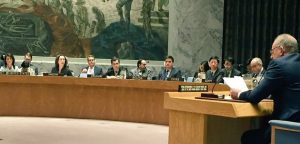

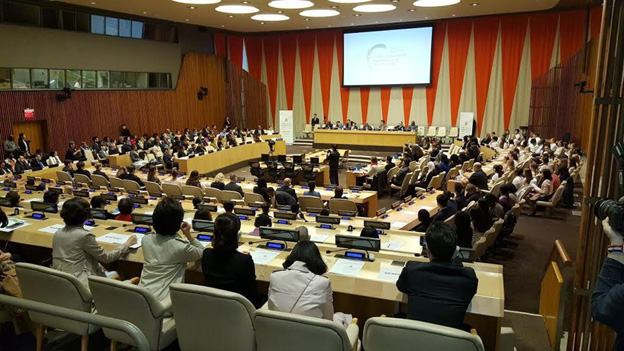

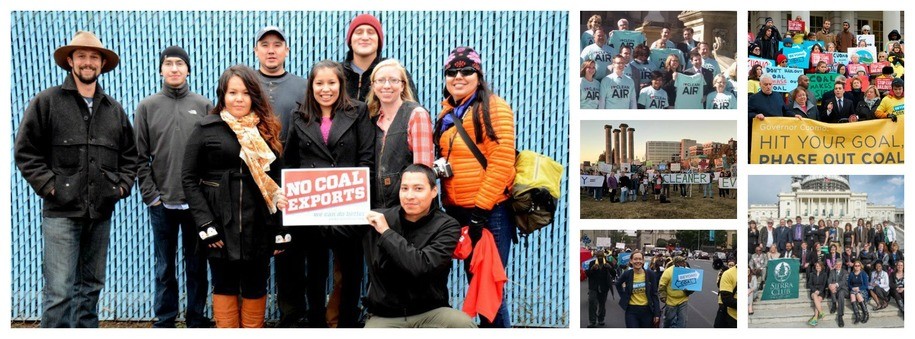

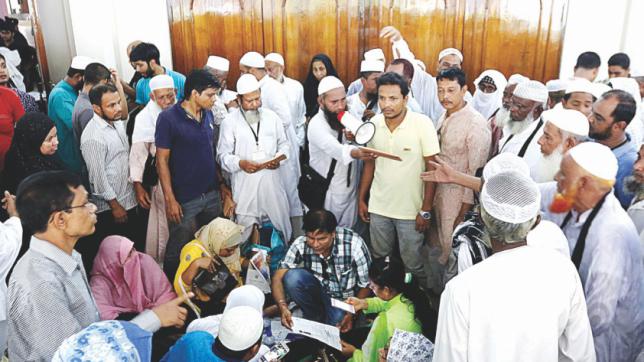

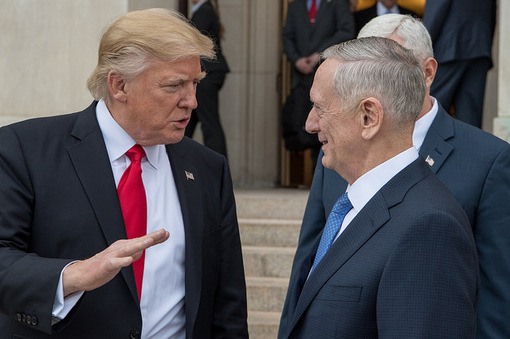
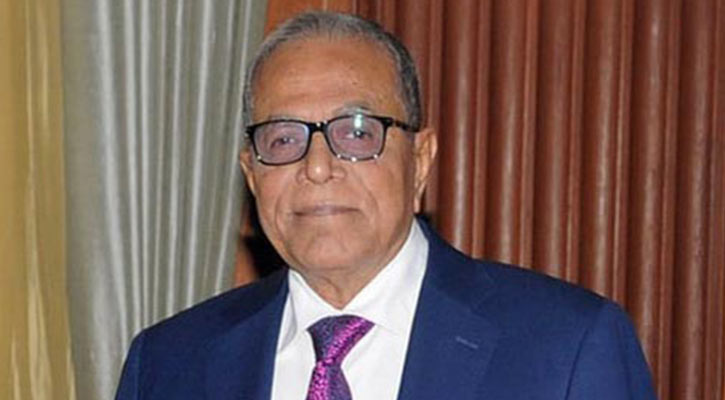
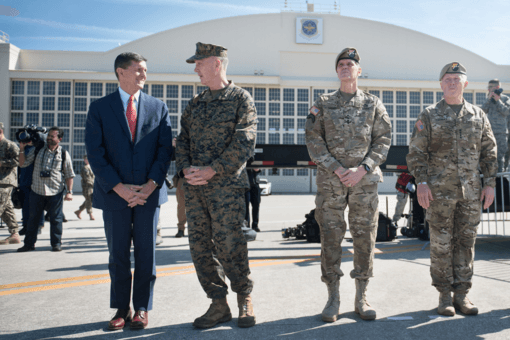
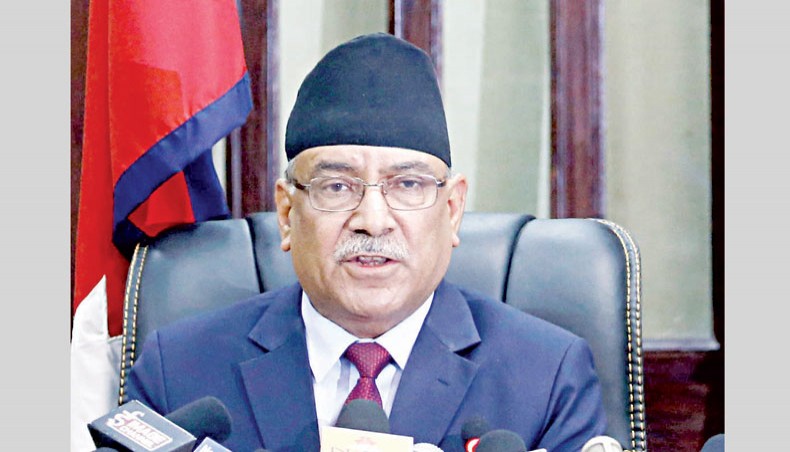
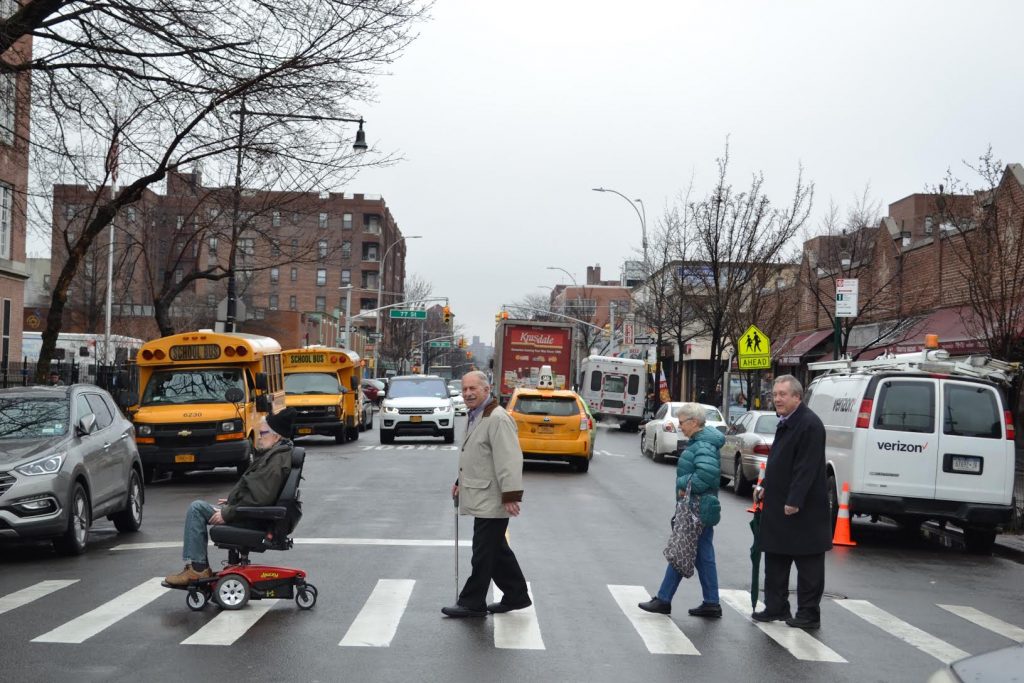
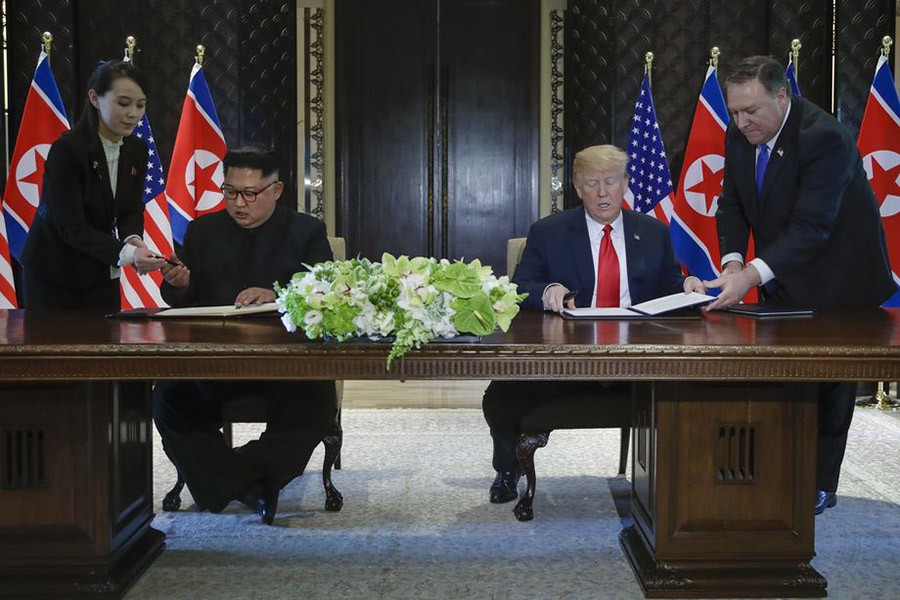
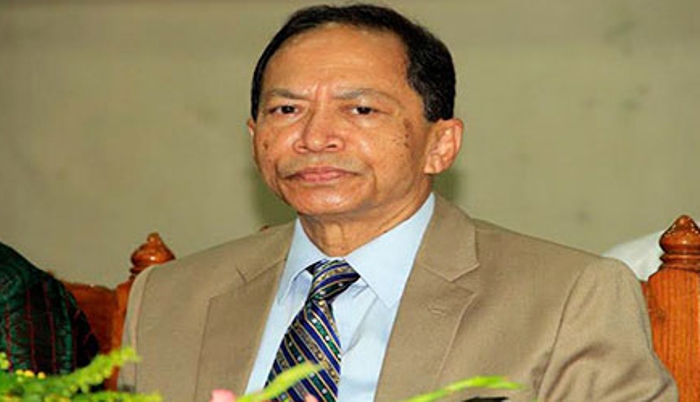
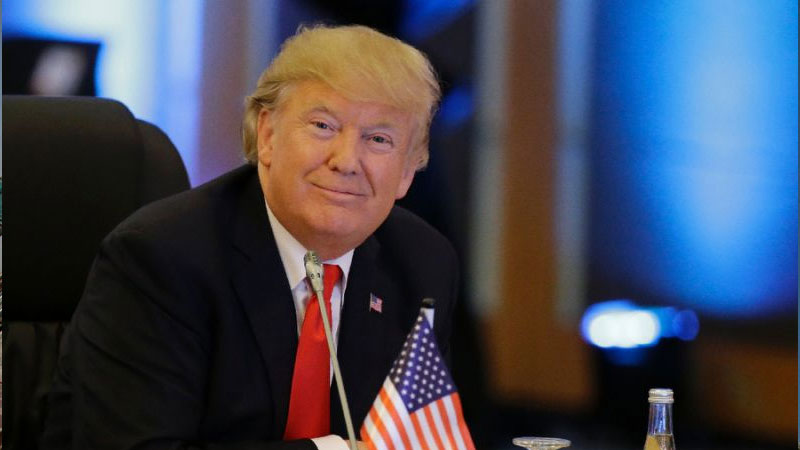
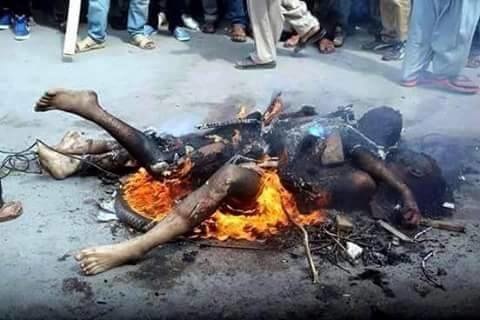
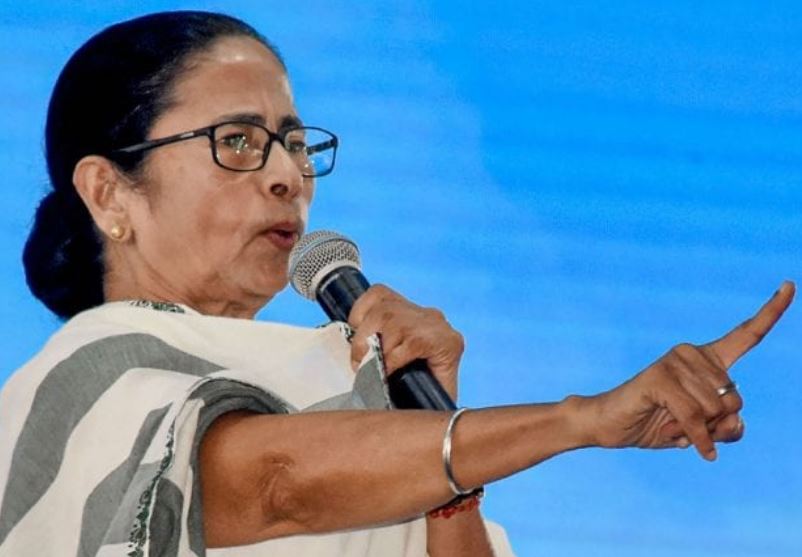


Comments